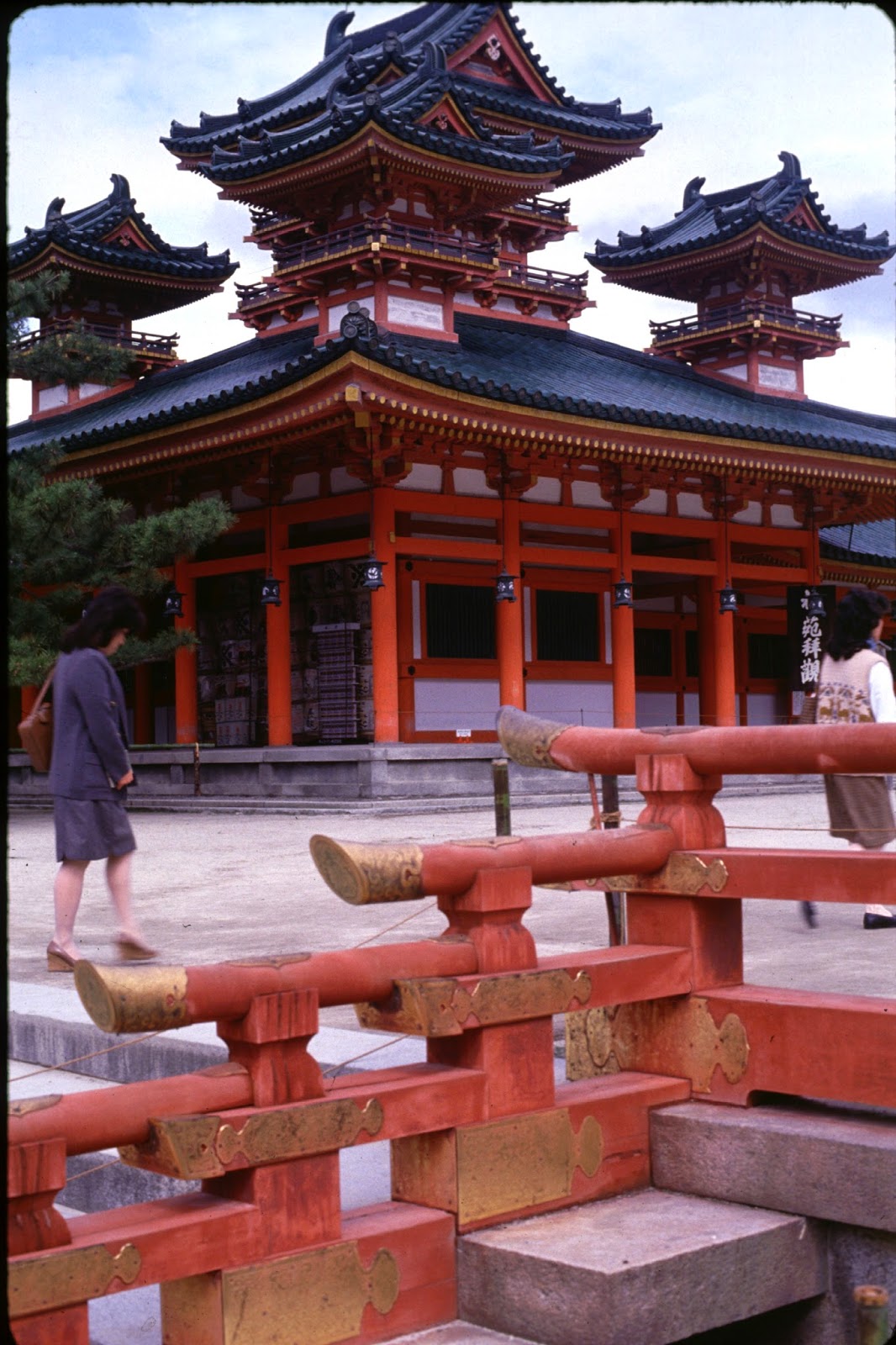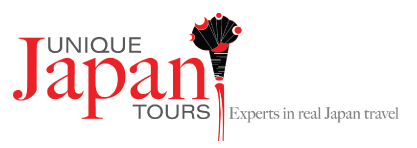With the Christmas holiday season coming to a close, we are approaching the close of the year and the celebration that entails. Where as Christmas in Japan is more of an excuse for couples to have another date, New Years (know in Japan as shougatsu or 正月) is more important. What does New Years look like in Japan? Read on to find out more!
Originally celebrated at the same time as Chinese New Year, Japanese New Year has been celebrated according to the Gregorian calendar since 1873. Basically, Japan celebrates new year at the same time as the Western world! Some of the traditions associated with Japanese year follow.
December 31st
New Years eve is the big day in the West, with people often out celebrating until the small hours of the morning. While this is becoming more popular in the bigger cities in Japan, in the smaller cities the traditional Japanese visit to the temple still lives on. At midnight, Buddhist temples all over Japan ring their bells 108 times “to symbolize the 108 human sins in Buddhist belief, and to get rid of the 108 worldly desires regarding sense and feeling in every Japanese citizen.”*
 |
| Visiting your local shrine at New Years is normal. |
Many Japanese people often visit their local shrine on New Years Day to pray for a good year ahead and to get their omikuji fortune. It is not uncommon for people to start queuing outside the shrine early in the day on the 31st December in order to be the first in the door at midnight. The omikuji fortune is written on a shin strip of paper and includes your fortune in love, money and several other areas of life. Fortunes also come in grades, ranging from bad luck to great blessings.
Food
New Years in Japan is celebrated with a special type of food, known as osechi. This food is often prepared according to a family’s traditional recipe but is increasingly being purchased from department stores in advance of the day. Osechi looks spectacular, and often includes fish cakes (kamabuko), herring roe (kazunoko), seaweed (like konbu or nori), chestnuts, sweet potato and black soybeans that have been sweetened (kuromame). Each ingredient in the osechi represents something, for example kazunoko is a hope for lots of children in the New Year!
 |
| Japanese traditional New Year food – Osechi Source: http://commons.wikimedia.org/wiki/File:Oseti.jpg |
Mochi, a gelatinous rice cake, is often made on New Years day and eaten throughout January. The way mochi is made has to be seen to be believed. Hot rice is placed in a special wooden bucket, and hammered repeatedly with a large wooden mallet!
Nengajou
 |
| A beautiful hand written nengajou. Source: https://flic.kr/p/96GQve |
Nengajou are special postcards that are derived on New Years day. Similar to sending a Christmas card in the West, the card is sent to people who have helped, supported or assisted you in someway during the previous year. Often these cards are used to update people you may not see often how you’ve fared during the previous year.
Despite the advent of email, these cards remain extremely popular. People often buy blank cards, rubber stamps and decorate the nengajou they send out, making it extremely personal and touching.
That’s a little about Japan at New Years! If you’re intrigued about it, why not visit for New Year 2016? Of course, we’d be happy to help you make your way there and to help plan the trip. Contact us for more information.
*Source: http://en.wikipedia.org/wiki/Japanese_New_Year
| Follow @toursofjapan |  |

